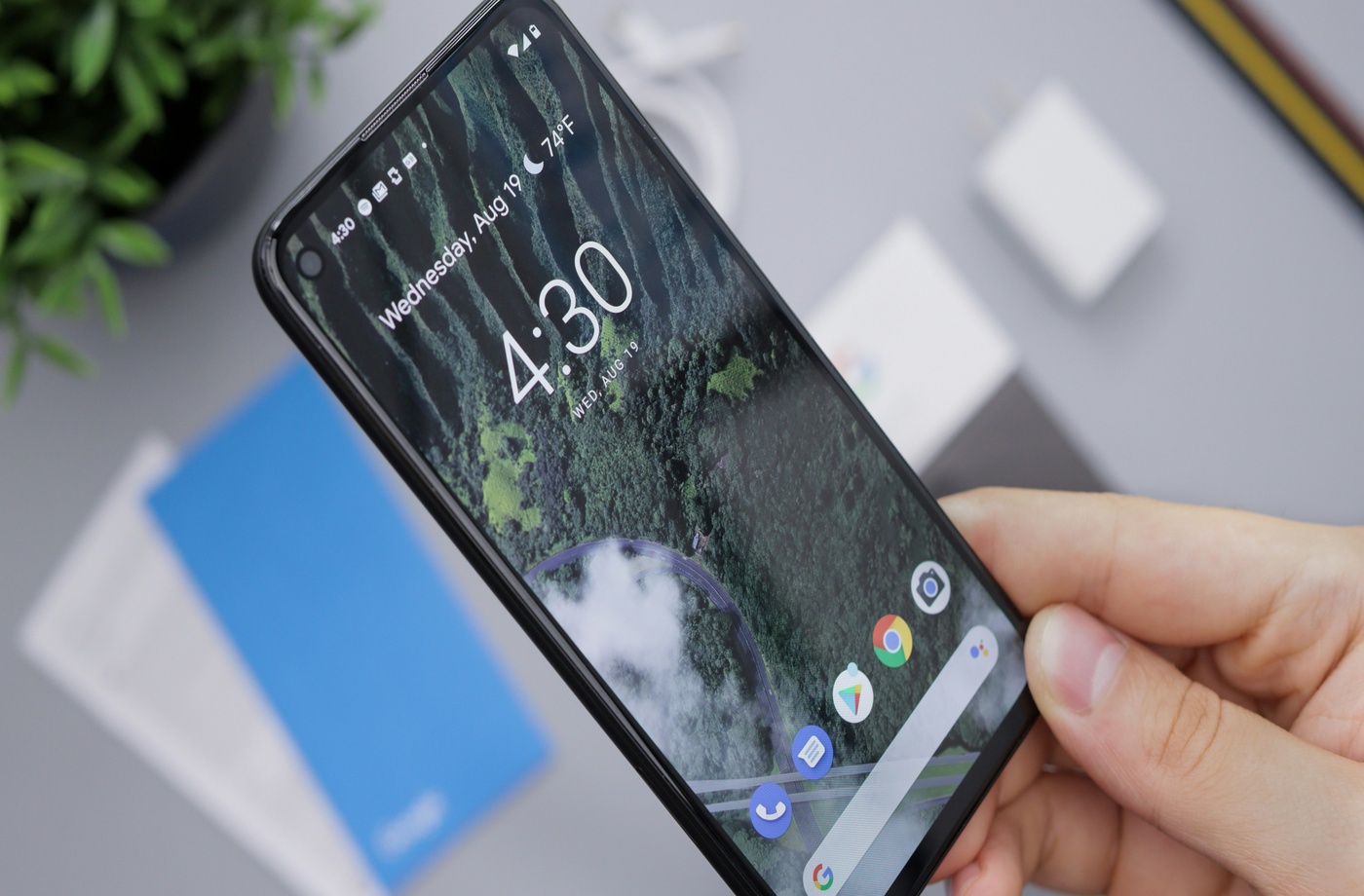As mobile technology continues to evolve, eSIMs are quietly transforming how people manage their devices and carrier plans. If you are unfamiliar with eSIM technology, now is the perfect time to learn how it can make switching carriers, managing dual lines, and traveling internationally easier than ever.
What Is eSIM Technology?
An eSIM (embedded SIM) is a digital SIM card embedded directly into your device, eliminating the need for a physical SIM card. Instead of inserting a tiny chip into your phone, you can activate a carrier plan digitally. This streamlined technology simplifies the process of switching carriers and managing multiple phone numbers.
eSIMs follow the standards developed by the GSMA, the global mobile association that sets industry-wide mobile communications standards.
Which Carriers Support eSIM?
In the United States, all major carriers support eSIM technology, including:
Additionally, many regional carriers and prepaid brands like Visible, Mint Mobile, and Google Fi also offer eSIM compatibility.
Internationally, eSIM is becoming the norm, with many carriers across Europe, Asia, and Australia providing support for travelers and residents alike.
Which Devices Support eSIM?
eSIM functionality is now standard in many flagship smartphones and devices. Popular models include:
- Apple iPhones: iPhone XR, XS, and newer models support eSIM. The Apple eSIM support page offers a full list.
- Google Pixel Phones: Pixel 3 and newer devices offer eSIM support.
- Samsung Galaxy Devices: Many Galaxy S20 and newer models support eSIM.
- iPads and Wearables: Newer iPads and smartwatches like the Apple Watch also include eSIM capabilities.
Before purchasing, it is always best to check with the manufacturer to confirm eSIM support on specific models.
Benefits of eSIM Technology
- Easy Switching: Change carriers or plans without needing a new SIM card or visiting a store.
- Dual Lines: Maintain two active numbers on the same device, perfect for separating work and personal calls.
- Travel-Friendly: Easily switch to a local carrier’s eSIM while traveling internationally, avoiding high roaming fees.
- Less Physical Waste: Reduces the environmental impact of manufacturing and disposing of physical SIM cards.
How to Activate an eSIM
Activation varies slightly between carriers and devices but generally follows these steps:
- Obtain a QR code or activation information from your carrier.
- Open your phone’s settings and navigate to “Cellular” or “Mobile Data.”
- Select “Add eSIM” and scan the provided QR code.
- Follow on-screen prompts to complete the activation.
Most setups take just a few minutes and require no technical expertise.
Final Tip: If you are planning to use an eSIM for international travel, research local eSIM providers ahead of time. Some services even allow you to download an international plan before you depart, ensuring immediate connectivity when you land.



